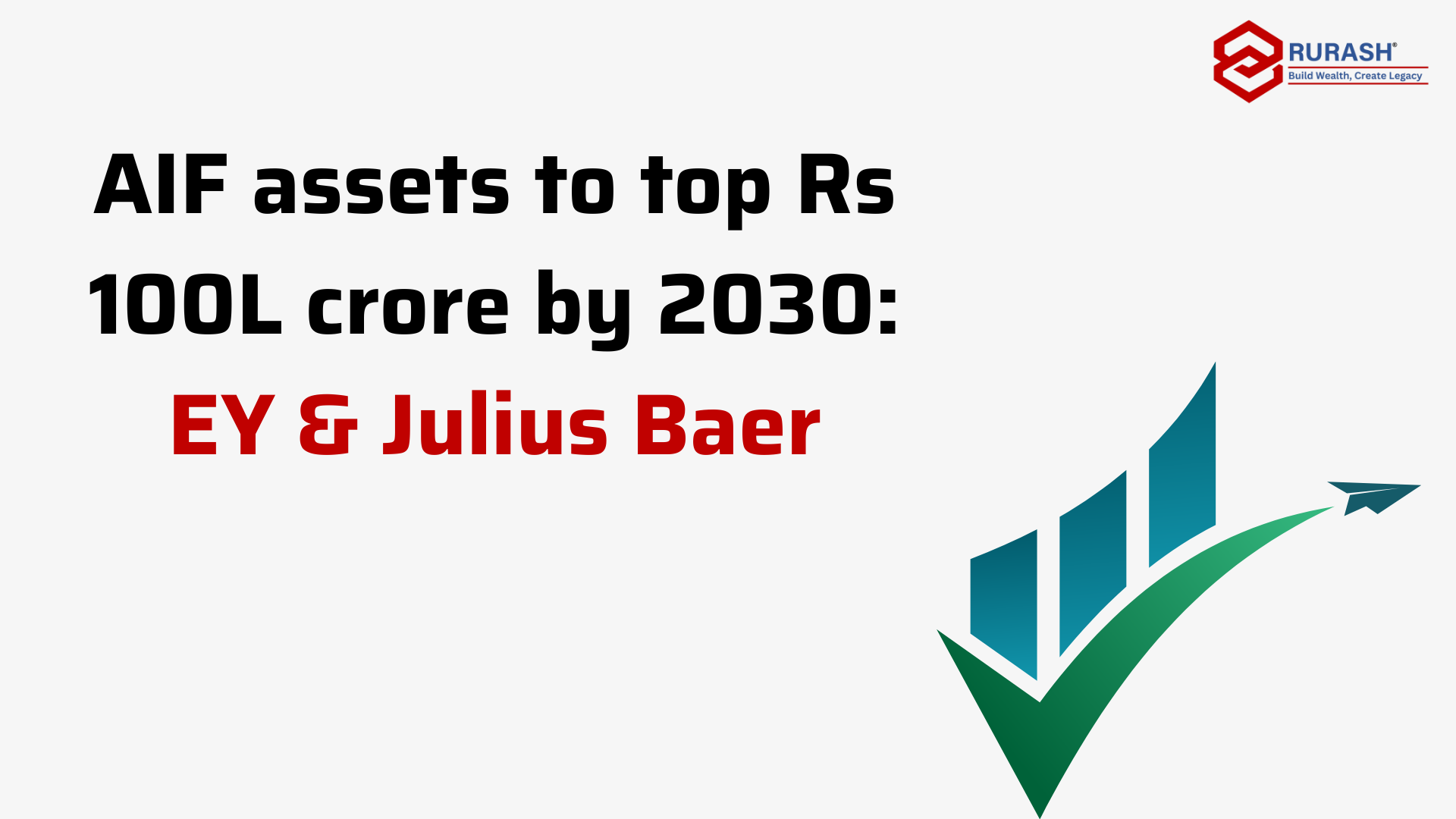A joint report by Ernst & Young (EY) and Julius Baer projects that assets under management (AUM) in India’s Alternative Investment Funds (AIFs) sector could skyrocket to over ₹100 lakh crore (₹100 trillion) by 2030. This reflects the rapid evolution of AIFs as a cornerstone of India’s private capital ecosystem anchored in diversified asset strategies, structural reforms, and increasing institutional participation.
Key Drivers Behind the Growth
Regulatory Reforms
SEBI’s simplification of AIF regulations and recent classification rationalizations have bolstered transparency and investor confidence.Institutional and Global Capital
Heightened interest from pension funds, sovereign wealth funds, and global private equity players is introducing significant fresh capital into Indian AIFs.Retail Investor Participation
An uptick in accredited retail and High Net-Worth Individuals (HNI) interest, supported by structured products and niche strategies within AIF frameworks.Infrastructure & Real Assets
Demand surge in sectors like logistics, renewables, and urban infrastructure well-suited for AIF deployment has enhanced allocation scope.Value Creation Track Records
AIF managers are achieving attractive returns through proactive asset management, value-add strategies, and operational excellence.
Strategic Implications for Investors
| Opportunity | Implications for RURASH Financials Clients |
|---|---|
| Diversification & Alpha | AIFs offer exposures beyond public markets. |
| Fund Manager Due Diligence | Requires astute assessment—experience matters. |
| Fee Structure & Alignment | Preference for performance-linked fees. |
| Regulatory & Exit Planning | Alignment with SEBI guidelines is key. |
| Liquidity Considerations | Long lock-ins; investors must assess timelines. |
At RURASH Financials, our AIF advisory framework is comprehensive and client-focused:
Tailored Product Matching
Identifying AIFs aligned with investor goals across themes like real estate, private equity, structured credit, and early-stage ventures.Thorough Manager Evaluation
In-depth analysis of track record, governance practices, fee alignment, and transparency metrics.Performance & Risk Calibration
Ongoing portfolio monitoring, unit valuation, capital call/outflow planning, and secondaries management.Regulatory Guidance
Transparent communication on SEBI compliance, reporting timelines, and category-specific disclosures.Liquidity Strategy
Structured planning around investment horizon, exit windows, and bridging solutions (e.g., NBFC credit lines).
Investor Action Points
Short-Term Strategic Allocation: Gradually diversify into select AIF strategies aligned with your risk-return profile.
Due Diligence Review: Collaborate with advisors to understand AUM, investment pipeline, track records, and fallback strategies.
Monitor Regulatory Trends: Keep abreast of SEBI rule amendments, especially in retail-friendly AIF benefits and disclosure norms.
Holistic Portfolio Integration: Position AIFs as a core complement to your broader asset allocation mix, balancing liquidity and growth.
The RURASH Financials Commitment
The EY–Julius Baer projection of ₹100 lakh crore in AIF assets by 2030 underscores the emerging dominance of private capital in India’s financial ecosystem. As trusted advisors, RURASH Financials stands ready to navigate this transformative journey with our clients—combining regulatory insight, manager selection, and investment diligence.
Ready to explore AIF opportunities or build a diversified private capital strategy?
Reach out to RURASH Financials Pvt. Ltd. for personalized guidance consistent with your investment objectives.

